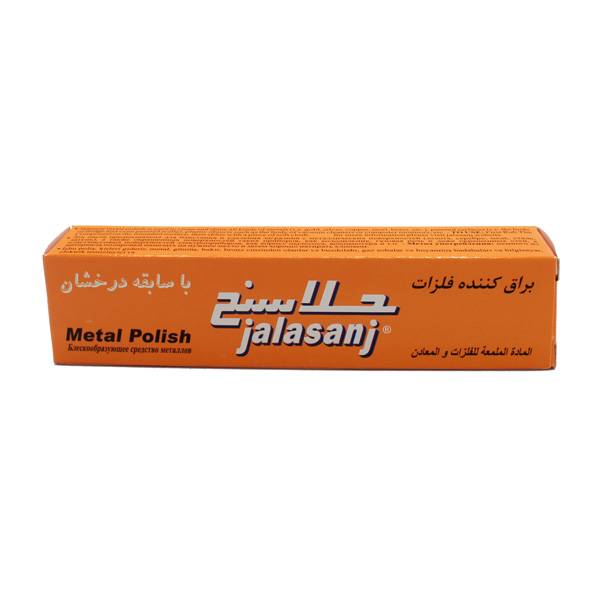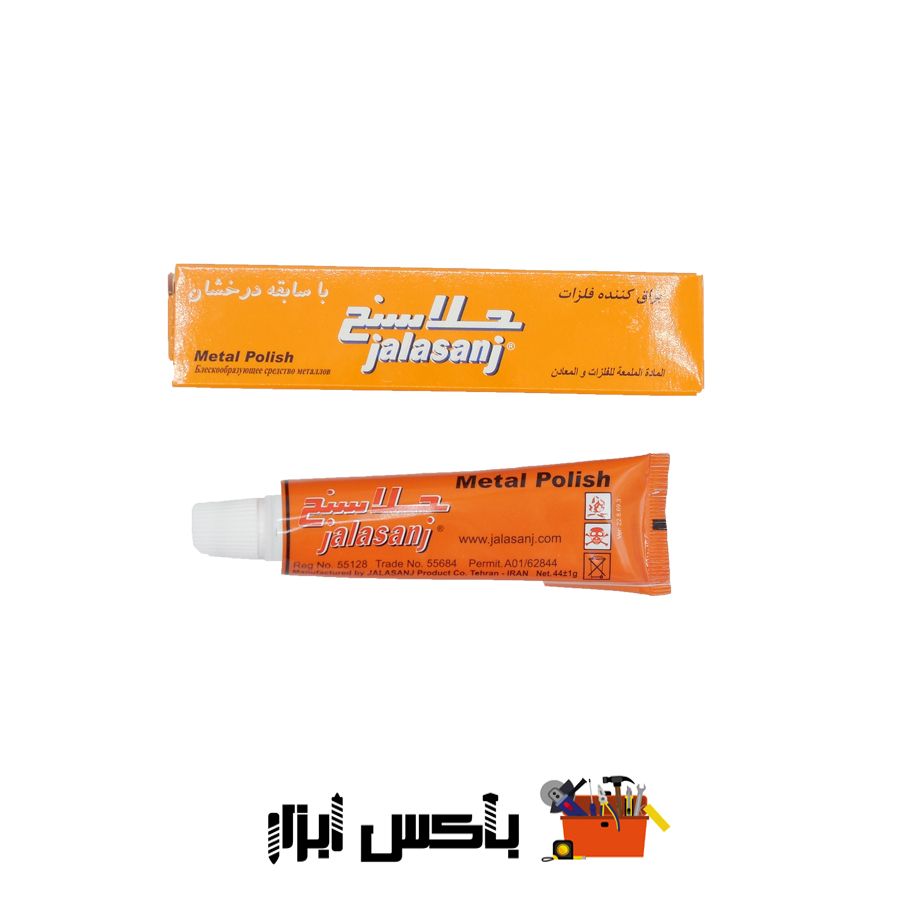
Polishing compound is an abrasive material used to smooth and refine surfaces. It comes in various forms, including liquids, pastes, and solids. Its primary purpose is to remove imperfections such as scratches, swirl marks, oxidation, and other surface defects. Polishing compound works by gently abrading the surface, gradually removing the damaged layer and revealing a smoother, more reflective finish. It is commonly used on metals, plastics, paints, and other materials to enhance their appearance. Within the realm of surface finishing, understanding the correct choice of a سنباده رولی is paramount for achieving optimal results.
There are several types of polishing compounds, each designed for specific purposes:
Understanding the differences between these types is crucial for effective surface finishing. Consider exploring پرداخت کاری techniques for more insights.

Choosing the right polishing compound depends on several factors:
It's generally best to start with the least abrasive compound that will achieve the desired results and gradually increase the abrasiveness if necessary. Testing the compound on a small, inconspicuous area before applying it to the entire surface is also a good practice.
The application of polishing compound typically involves the following steps:

When working with polishing compounds, it's essential to take the following safety precautions:
Several common mistakes can hinder the polishing process and lead to unsatisfactory results:
Different materials require different polishing techniques and compounds:
Each material presents unique challenges and requires a tailored approach. Don't forget to consult سنباده رولی options when working with wood.
Advanced polishing techniques involve specialized tools and methods for achieving professional-quality results:

Polishing pads are an essential part of the polishing process. There are many different types of polishing pads available, each designed for specific purposes:
Proper storage and maintenance of polishing compound can prolong its life and ensure consistent performance:
Paying attention to these details can save you time and money in the long run.
Here are some common polishing issues and how to troubleshoot them:
Consider the environmental impact of polishing compounds and choose eco-friendly options when possible:
Polishing is a complex process that involves the interaction of abrasive particles, friction, and heat. Understanding the science behind polishing can help you choose the right compounds and techniques for achieving optimal results:
By considering these aspects, you enhance your finishing processes. Remember to check out پرداخت کاری techniques!



